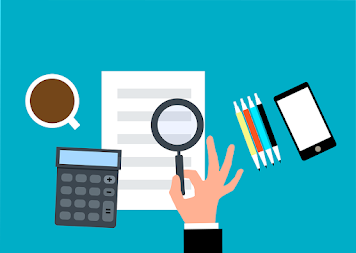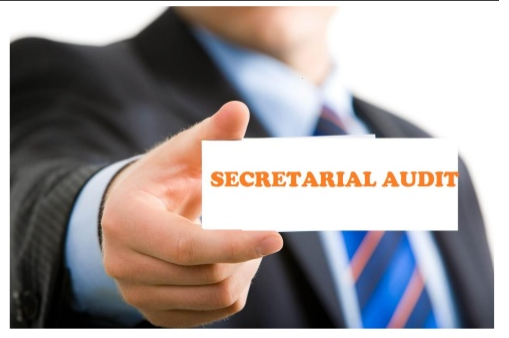Fixed assets verification/audit
Brief on audit/verification of fixed assets:
-
Fixed assets are a crucial component of any business, providing the necessary resources for operations and growth.
-
Regular fixed assets verification and audit is important to ensure that they are properly accounted for and protected.
-
Fixed assets verification is the process of physically inspecting and confirming the existence and condition of a company’s fixed assets.
-
Verification includes checking location, serial numbers, and condition of each asset, as well as ensuring they are properly recorded in accounting records.
-
The purpose of fixed assets verification is to ensure that the assets are still in use and their values are accurately reflected in financial statements.
-
Fixed assets audit is a more in-depth review of a company’s fixed assets.
-
Audit includes physically inspecting and verifying assets, evaluating the company’s policies and procedures for managing and protecting them, and evaluating the accuracy of accounting records and financial statements related to fixed assets.
-
The purpose of a fixed assets audit is to identify any discrepancies, issues, or potential fraud related to fixed assets and to provide recommendations for improvement.
- Regular fixed assets verification and audit are necessary to maintain the integrity of a company’s financial statements and to protect the company’s assets.
Here are some steps to follow when conducting an audit / verification of fixed assets:
- Prepare a list of fixed assets: Create a list of all fixed assets owned by the company, including details such as description, location, serial number/ identity number of assets, and purchase date. Or if company is already maintaining fixed asset register then review the fixed asset register to ensure that all fixed assets are properly recorded, including details such as description, location, serial number, and purchase date, vendor name etc.
- Verify the existence and condition of assets: Conduct a physical inspection of the assets to verify their existence and condition. Compare the assets found during the inspection with the list prepared in step 1 or Fixed assets register.
- Review accounting records: Review the company’s accounting records like accounting entries, purchase invoice, e-waybill/delivery challan or any other relevant records as the case may be related to fixed assets to ensure they match the physical assets found during the inspection. Look for any discrepancies between the records and the physical assets.
- Review depreciation calculation: Review the calculation of depreciation for each asset to ensure that it is accurate and in line with the company’s accounting policies/ as per depreciation rates provided under schedule II of the companies act.
- Evaluate policies and procedures: Review the company’s policies and procedures for managing and protecting fixed assets. Evaluate whether they are adequate to safeguard the assets.
- Identify discrepancies and issues: Identify any discrepancies, issues, or potential fraud related to fixed assets that were identified during the audit.
- Provide recommendations for improvement: Provide recommendations for improving the company’s policies and procedures for managing and protecting fixed assets.
- Communicate findings: Communicate the findings of the audit to the management and other relevant parties.
- Follow-up: After verification follow-up very must. Follow-up on the action plans implemented as a result of the audit, to ensure that the issues identified are addressed and improvements are made.It’s important to note that, it’s better if the audit/verification is performed by an independent auditor, as they will bring a fresh perspective and can provide unbiased recommendations.


